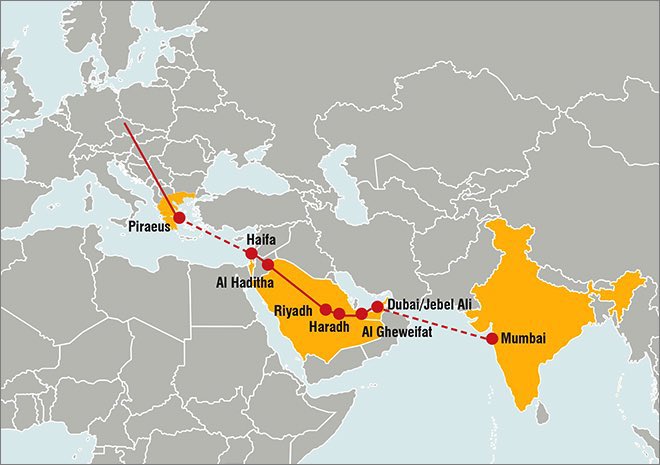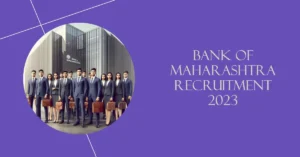India-Middle East-Europe Economic Corridor – In a significant development on the global stage, leaders from India, the United States, Saudi Arabia, the United Arab Emirates, France, Germany, Italy, and the European Union have jointly introduced the India-Middle East-Europe Economic Corridor.
Prime Minister Narendra Modi hailed it as a “testament to human endeavor and unity across continents,” while US President Joe Biden described it as “a real game-changer.” This initiative directly challenges China’s expansive Belt and Road Initiative (BRI), which aims to create trade and infrastructure networks spanning Asia, Europe, and Africa.
The Background
As China’s Belt and Road Initiative (BRI) marks its 10th anniversary, concerns have arisen about its role as a tool for China to exert influence over developing nations, often resulting in debt traps. The new India-Middle East-Europe Economic Corridor, which also includes Israel and Jordan, emerges at a critical juncture.
Data indicates that the value of new foreign contracted projects under the BRI has plateaued since its peak in 2019, coinciding with China’s domestic real estate debt crisis.
A Notable Shift
A noteworthy shift in the global order was witnessed at the G20 summit, with Italian Premier Giorgia Meloni’s participation signaling Italy’s inclination to distance itself from the BRI. Italy, which had been the first G7 country to join Xi Jinping’s ambitious project in 2019, has now shown a change in stance.
The Vision
The India-Middle East-Europe Economic Corridor aims to establish railway and sea connectivity between Europe, the Middle East, and Asia. This ambitious initiative seeks to connect major commercial hubs, promote clean energy technology, and enhance internet access while ensuring stability and security. The project includes objectives such as laying undersea cables, expanding energy grids and telecommunication lines, and supporting the development and export of clean energy.
Key Components
Corridor Structure
The corridor comprises two main sections—a western corridor linking India to the Arabian Gulf and an eastern corridor connecting the Arabian Gulf to Europe.
Railway Network
A reliable and cost-effective cross-border ship-to-rail transit system will be a core component, complementing existing maritime and road transport routes. This railway network, primarily traversing the Middle East, includes plans for laying electricity cables and clean hydrogen pipelines.
Transit Routes and Technical Aspects
Further details regarding transit routes, coordination bodies, and technical aspects will be discussed by the signatory countries over the next sixty days as they develop a comprehensive action plan.
Guiding Principles
Indian government sources emphasize the importance of consultative, transparent, and participatory connectivity initiatives that respect the sovereignty and territorial integrity of all countries involved. Principles of financial responsibility and economic viability to avoid creating unsustainable debt burdens and adhering to ecological and environmental standards are also paramount.
Impact and Outlook
The India-Middle East-Europe Economic Corridor is expected to attract additional Asian countries into its sphere of influence, providing significant boosts to manufacturing, food security, and supply chains. This groundbreaking initiative not only challenges China’s BRI but also signals a shift in the geopolitical landscape, emphasizing the importance of responsible and sustainable connectivity projects.
As President Biden aptly stated, “The world stands at an inflection point in history. A point where decisions we make today are going to affect the course of our future—all of our futures for decades to come. A point where our investments are more critical than ever.”
In conclusion, the India-Middle East-Europe Economic Corridor represents a pivotal moment in contemporary geopolitics, highlighting the evolving dynamics of global connectivity and cooperation.



